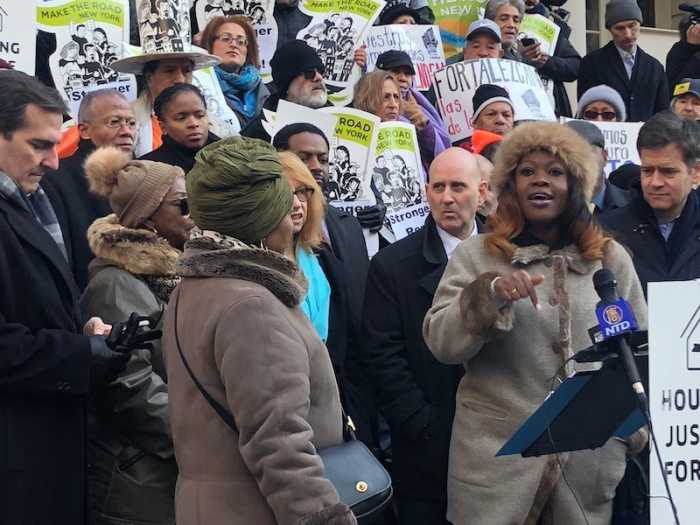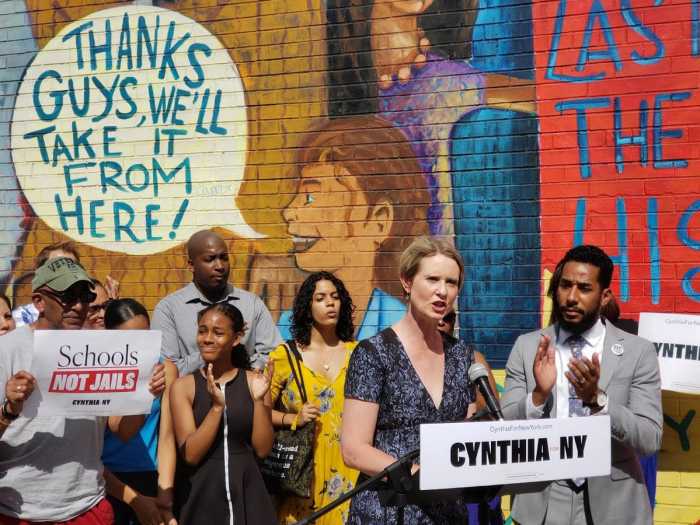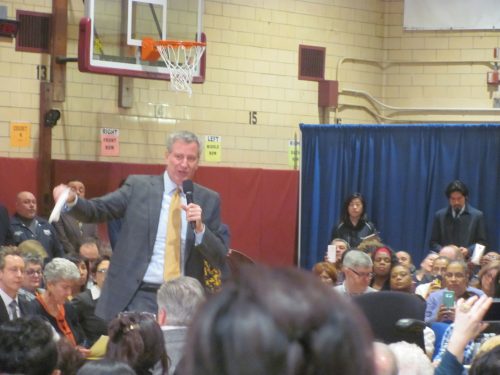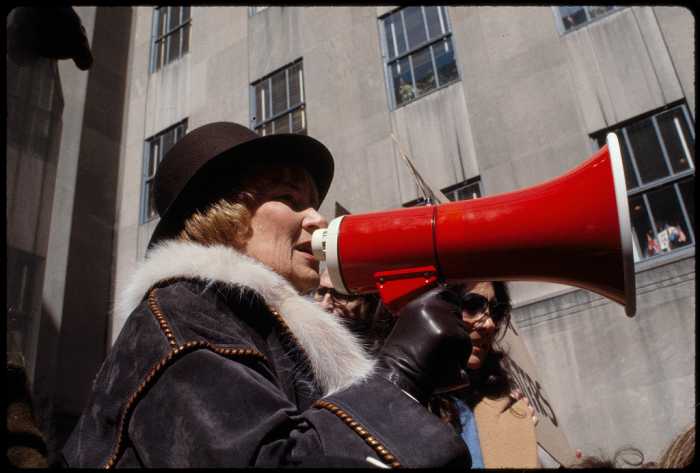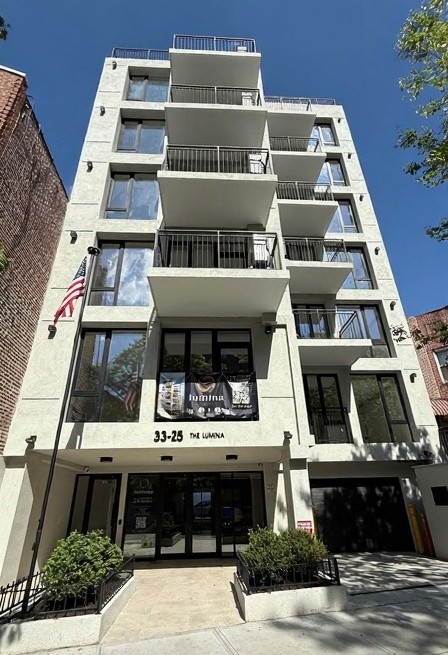Earlier this year New York State announced that it will hire 500 new members to the MTAPD to monitor our subways and much more, but to the chagrin of state Sen. Jessica Ramos (D-East Elmhurst), the state officers are exempt from wearing body cameras since that rule only applies to the NYPD.
“It is imperative that all law enforcement officials abide by the same standards when actively patrolling members of our communities,” said Ramos. “Body cameras are an effective tool for ensuring transparency and guaranteeing interactions between police officers and every day New Yorkers are recorded.”
The MTAPD is empowered under the NYS Public Authorities Law and commissioned in the state of Connecticut to police 14 counties in both states across 5,000-square-miles, according to the MTA. The department serves a population of 14.4 million on the LIRR, the Metro-North Railroad, the Staten Island Railway, Grand Central Terminal and Penn Station and provides assistance to the NYPD’s Transit Bureau on the subways.
In 2016, the MTAPD also obtained accreditation with the state’s Department of Criminal Justice Services making it the only law enforcement agency in the Big Apple to have dual jurisdiction, according to the MTA. The MTAPD is also the fourth largest law agency in New York.
Similar to the NYPD, the MTAPD has a Canine Unit, Detective Division, Cyber Crimes Unit, Interagency Counterterrorism Task Force, Homeless Assistance Unit, Emergency Services Unit and it graduated members of its Motorcycle Wheel School to the Highway Unit earlier this month.
“This bill recognizes members of the MTA police force as ‘police officers,’ with all the powers of such police officers and should be subject to the same jurisdictional provisions, which would include requiring they wear a body camera while monitoring the New York City Transit Authority,” said Ramos.
In 2017, the NYPD rolled out Phase I of the department’s body-worn camera program and officially declared that it completed its initiative in Feb. 2019 to its 20,000 police officers, sergeants, lieutenants and detectives with patrol functions assigned to precincts, public housing and the transit districts, according to nyc.gov.
“Body cameras are a critical tool for transparency, accountability, and will protect the public safety of both civilians and members of law enforcement,” said Ramos.
MTA Chairman & CEO Patrick J. Foye thinks the body cameras could be good for security.
“I’m personally in favor of cameras,” said Foye. “I think they are good for safety and they’re good for transparency.”
MTA Communications Director Tim Minton also sees the importance of the cameras.
“We intend to pursue the use of body cameras, which are a valuable policing tool, for all MTA officers and we have been bargaining on this important issue with our labor union about implementation,” said Minton.
As far as the deployment of new state officers on subways, that is still ongoing, according to the MTA.
“The process is underway with MTA PD interviewing candidates and the majority of hiring will take place in 2020,” said Minton.
There was, however, redeployment this summer of commuter rail officers, the NYPD and the MTA Bridges and Tunnels division to surge officers in subways as they await new hires, according to the MTA.
There is no breakdown of how many MTAPD officers are in Queens, because the department deploys them on a daily basis based on the needs of the agency, according to the MTA.



